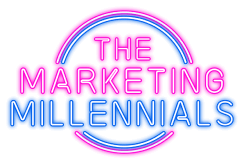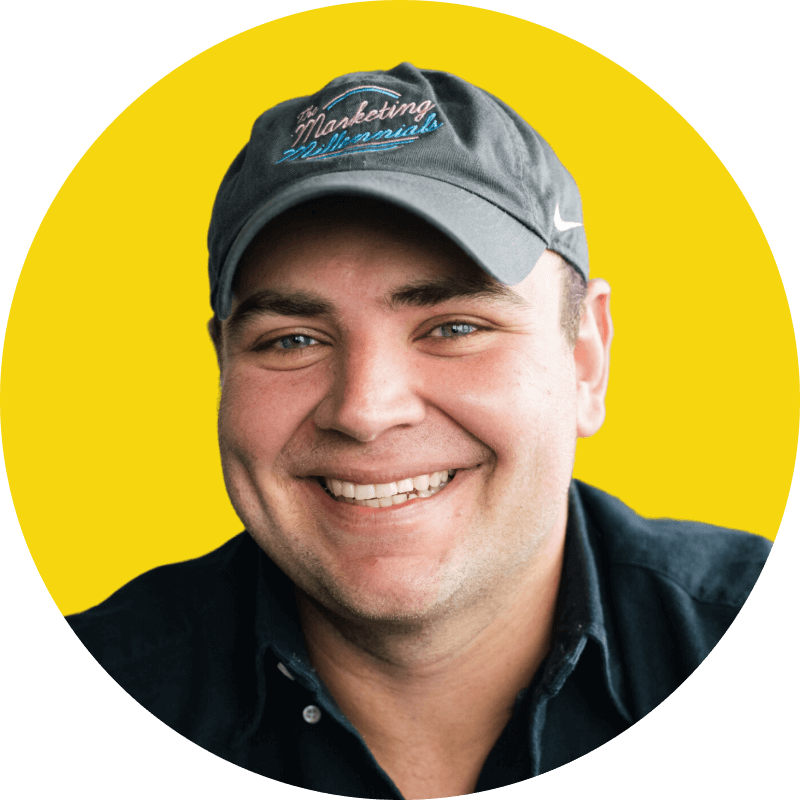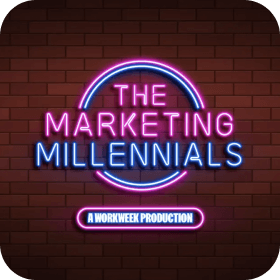I’m so excited to share this convo with Justin with you guys!
Justin has built something special on LinkedIn. He has more than 250K followers (!), and that’s not just a vanity metric.
They’re engaged. They buy his course — and 60% COMPLETE it. (That’s crazy high for an online course!)
It’s funny, because Justin says he started out as a “crappy salesperson.” So how’d he get here?
Well, he got hired as the 2nd salesperson at Zocdoc, and things changed. He spent 5 years rising through the ranks there, then struck out on his own as a SaaS consultant and creator.
He’s hit his stride now! He just (checks notes) 3Xed his revenue?!
Here’s what he’s learned about LinkedIn-powered solopreneurship, in his own liiiightly-edited words.
1. How to create on LinkedIn with an FT job:
When I was at Zocdoc, I wanted to build a brand on LinkedIn.
What was really helpful for me was I set the expectation with my executive team up front, and talked through WHY it was important to me.
I think a lot of people forget to do that.
I’ve always lived under the idea that I own my social media and the company that I work for doesn’t. And I also owned my time outside of the 9 to 5 workday.
So I spent earlier mornings and evenings on LinkedIn, trying to generate more content and connect with my audience.
IT WAS HARD. You don’t have all the time to interact. You have to be careful with what you say, and you try and keep it related to your industry.
The difference being a solopreneur is that I can talk about whatever I want.
And I can do it at nine o’clock in the morning if I want.
It’s much more freeing as a solopreneur, but it can be done as an employed person.
Level up your marketing game
Zero BS. Just fun, unfiltered, industry insights with the game-changers behind some of the coolest companies from around the globe.
No spam. Unsubscribe any time.
2. How corporate experience helps with personal brand-building:
I took all a lot of stuff from the sales organization and brought it over to branding.
The most helpful thing was a systematized process.
I had 140 people on my team and we were growing like wildfire. When you’re building a huge sales engine, you have to have systems and processes in place that work very well.
When I see people building a personal brand, they’re winging it sometimes, right?
One day, they’re talking about one thing. The next day, it’s a new topic. Different times. They miss a bunch of days.
For me, I approach branding in a very systematized way.
I have a structure for creating content. I have a calendar. I have a system.
There are specific places that I drive people to try and create conversion rates.
If you can use systems and processes in your personal branding, then you are much better set up to be successful and to be consistent.
3. How he creates consistently:
I have this really big system for content creation. I start with something called a mantra — the thing that I believe in.
The mantra for me is, “The future belongs to those who build online.”
Then I try and think of my pillars — what are all the things that someone needs if they want to build something online?
They need…
- An idea
- An audience
- Proof of their expertise or success
- A product
Next I think of 3 strong opinions for each pillar — so at the end of the day, I have 12 strong opinions.
And then I write out a bunch of content structures. A structure might be…
- An observation
- A step-by-step
- A teardown
- A list.
And then every Saturday morning over a cup of coffee, I sort of just match ’em up. Right. I take a strong opinion, match it up with a structure.
It gets my brain moving. I hate writing on a blank piece of paper.
4. How to get a comment conversation cooking:
I have this hypothesis that there’s a conversion drop-off if people have to go back and reread to think of something interesting to add.
When I want to contribute to a conversation on LinkedIn, if I have to re-digest the content, I’m like, “I’d rather not give my opinion here.”
I’ll just keep scrolling, even though I enjoyed the post.
So at the end of my posts, I summarize in 1-2 sentences what I just said, so that people can IMMEDIATELY start playing in the comments.
5. Why you shouldn’t (just) promo your employer on social:
I always recommend that people don’t write for their company.
Imagine you are one of my sales people at PatientPop and you’re writing content aimed at private practice physicians.
Then a year and a half later, you quit and you go work at Service Titan.
If you only write about what your company says and you shift verticals, your audience is now meaningless.
I recommend getting started on LinkedIn by picking a topic you could talk about for 30 minutes, completely unprepared, and go out and write about that topic every day.
Write about it, record about it, do a podcast about it and do it consistently.
Want The Marketing Millennials in your inbox? Subscribe to the newsletter below.


